Visiting the Five Friends exhibition at Museum Ludwig in Cologne was nothing short of amazing. Walking through its spaces felt like stepping into an invisible dialogue among five extraordinary artists—John Cage, Merce Cunningham, Jasper Johns, Robert Rauschenberg, and Cy Twombly—whose creativity shaped an entire era of modern art. What struck me most was how this exhibition wasn’t about showcasing individual genius, but about celebrating a shared journey—one built on friendship, experimentation, and the courage to challenge the boundaries between disciplines.
The exhibition unfolds as a story of artistic companionship. Cage, the composer who redefined music through silence and chance; Cunningham, the choreographer who liberated dance from narrative; Johns, the painter of flags and targets who turned the familiar into mystery; Rauschenberg, the restless innovator who merged painting and sculpture into his “Combines”; and Twombly, the poetic painter whose marks captured fleeting memory and emotion. Together, they formed a constellation of creativity that blurred the lines between sound, movement, and image.
From the first room, visitors are enveloped in an atmosphere of quiet intensity. Cage’s radical idea that silence itself could be music echoes through the space, setting the tone for the entire exhibition. Nearby, Rauschenberg’s raw materials—cardboard, fabric, and paint—seem to respond to Cage’s stillness with physicality and presence. Twombly’s scribbles and delicate gestures appear almost musical, translating rhythm into visual form. There’s an energy that moves through the rooms, a pulse connecting every piece, every era, every friend.
One of the most fascinating aspects of Five Friends is how it reveals the deep influence these artists had on each other. Their lives intertwined at Black Mountain College, an American hub for experimental art in the mid-20th century. There, Cage and Cunningham were mentors and collaborators, while the young Rauschenberg and Twombly absorbed the atmosphere of fearless creation. Their friendships carried them from North Carolina to New York, then across Europe and North Africa, where their artistic voices continued to evolve.
The exhibition doesn’t simply trace their careers; it shows how their ideas resonated. A score by Cage might hang beside a sketch by Twombly, suggesting a shared fascination with rhythm and repetition. Cunningham’s dance notations are displayed next to Rauschenberg’s set designs, showing how movement and visual art grew inseparable. Johns’s paintings stand quietly in dialogue with his friends’ works, exploring the power of abstraction and the poetry of symbols. Everything seems connected—like threads in a web of mutual inspiration.
There’s also a subtle emotional layer running through the show. Behind the formal innovations and artistic experiments lies a story of love, trust, and solidarity. The exhibition gently acknowledges the queer histories intertwined within this circle of artists—stories of affection and partnership that were often hidden during their lifetimes. You sense it in the tenderness of a gesture, in the playfulness of collaboration, in the courage to be different together. It’s a reminder that art is as much about human connection as it is about creative output.
The curators have designed the exhibition as a sensory journey rather than a strict timeline. Paintings, scores, and photographs coexist in an open dialogue, encouraging viewers to find their own paths through the relationships. Archival letters, old performance photographs, and stage costumes are interspersed among the artworks, offering glimpses into the artists’ personal worlds. It’s intimate and alive, as if the friends themselves are still speaking to each other through their creations.
What truly moved me was how Five Friends blurs the boundaries between art forms. You don’t just look—you listen, imagine, and even move with the works. Standing before a painting, I could almost hear Cage’s music; watching footage of Cunningham’s choreography, I could feel the rhythm of Twombly’s brushstrokes. The exhibition becomes a symphony of art, sound, and movement, reminding us that creativity is not confined by discipline or medium.
Leaving the museum, I felt inspired to dive deeper into their worlds. I wanted to read Cage’s writings, to watch Cunningham’s dances, to revisit Rauschenberg’s “Combines” and Twombly’s lyrical paintings, to rediscover Johns’s cryptic symbols. What I took away most of all was a sense of permission—the freedom to explore, to experiment, to embrace art as an ongoing conversation rather than a finished statement.
Five Friends is not just an exhibition; it’s an experience of friendship turned into form, of art born from dialogue. It reminds us that collaboration can be just as powerful as individuality, and that the true spirit of modern art lies not in competition, but in connection. For anyone who loves art—or anyone who needs a reminder of why creativity matters—this exhibition is a must-see. It left me grateful, inspired, and eager to keep exploring the vast, interwoven world of artistic imagination.

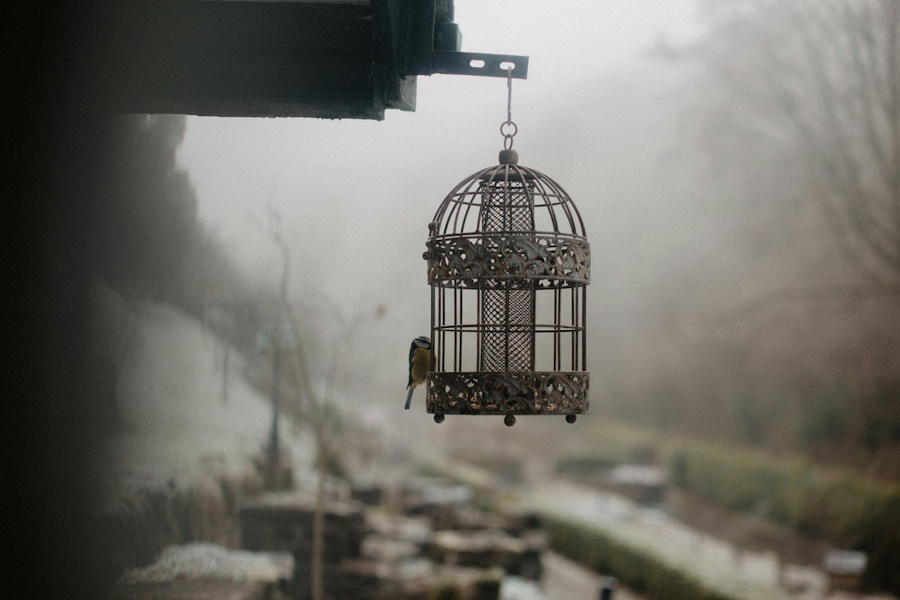
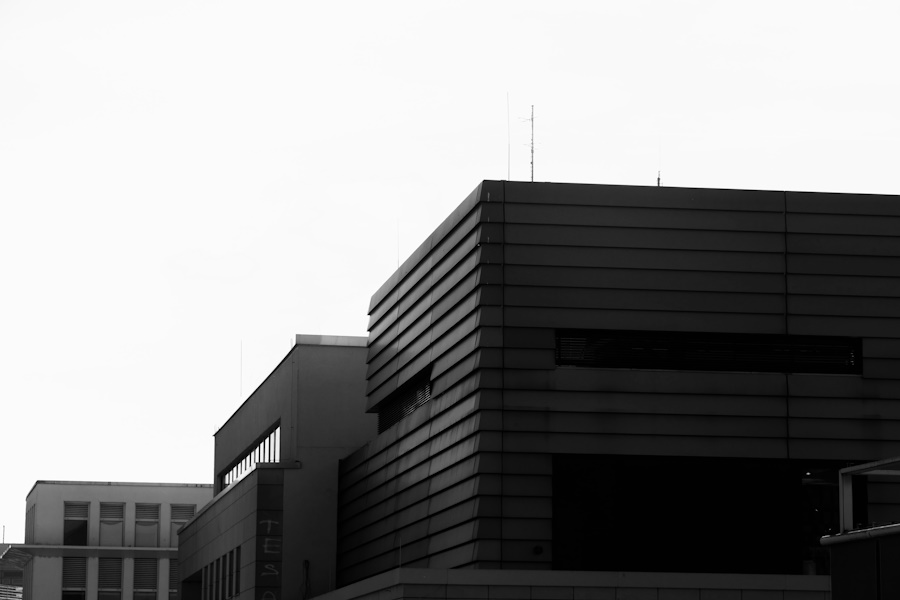
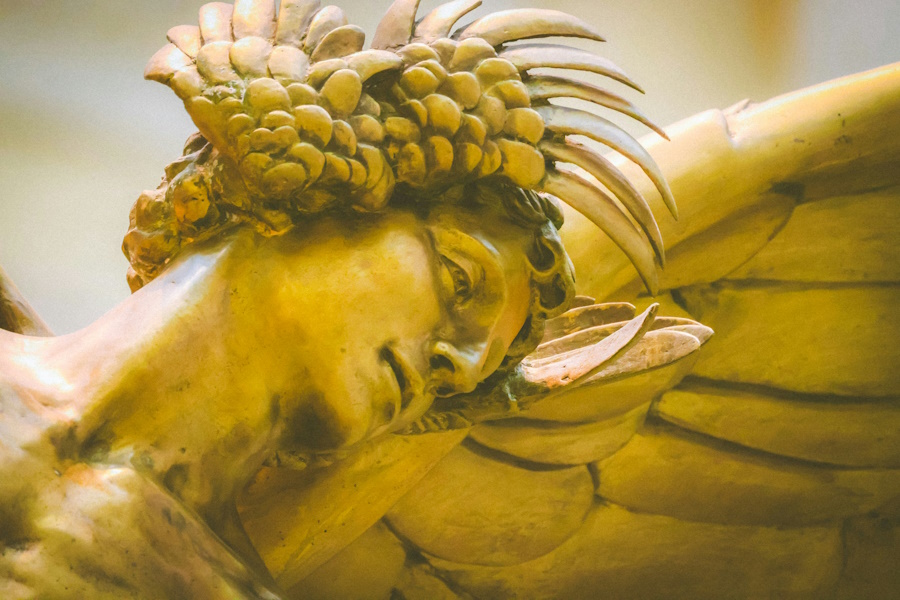
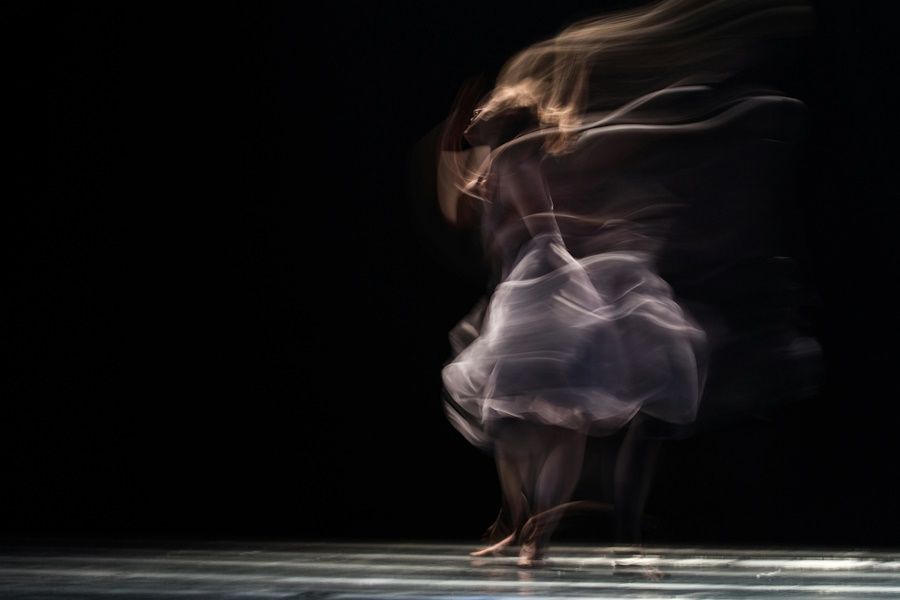
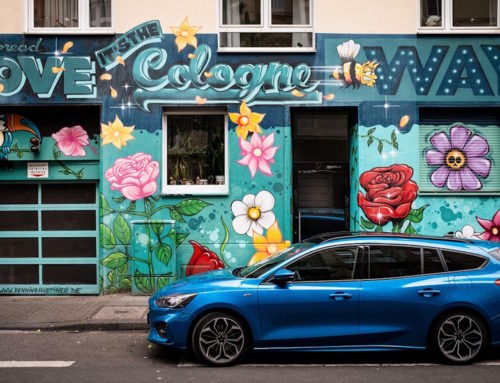

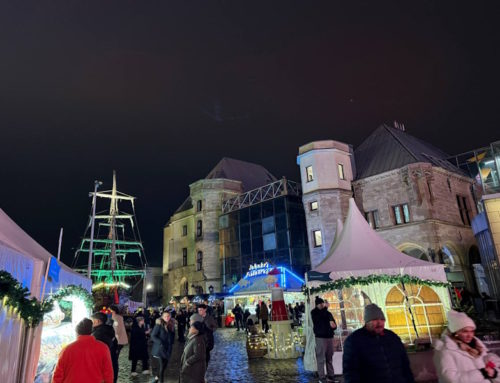
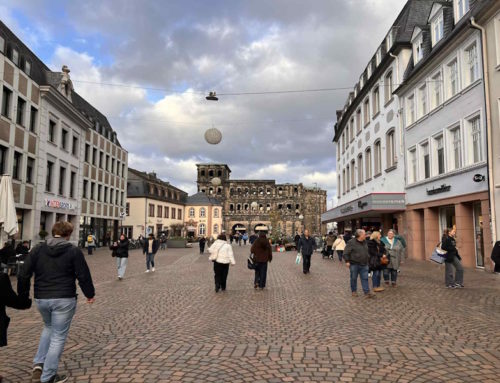
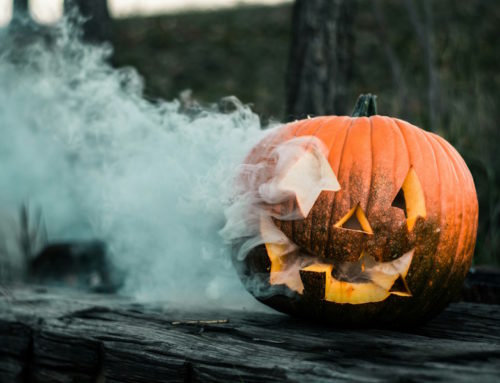
Leave A Comment